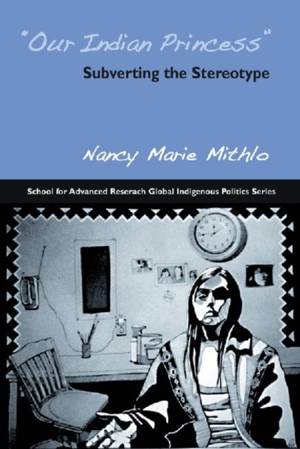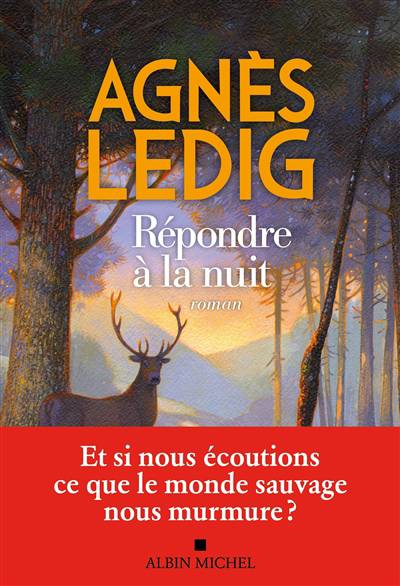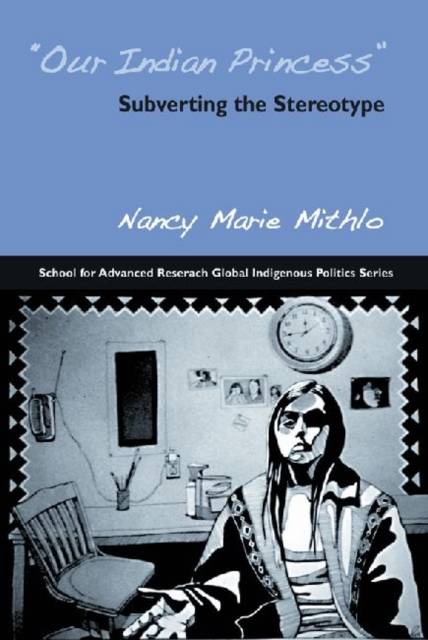
- Retrait gratuit dans votre magasin Club
- 7.000.000 titres dans notre catalogue
- Payer en toute sécurité
- Toujours un magasin près de chez vous
- Retrait gratuit dans votre magasin Club
- 7.000.0000 titres dans notre catalogue
- Payer en toute sécurité
- Toujours un magasin près de chez vous
Description
Are images and representations central to understanding Native Americans? How do Native artists, as producers of visual culture, respond to what art critic Lucy Lippard has called "the overwhelming burdens" of Indian art? In this path breaking study, anthropologist Nancy Marie Mithlo examines the power of stereotypes, the utility of pan-Indianism, the significance of realist ideologies, and the employment of alterity in Native American arts. Addressing the question of how visual referents communicate across cultural divides, she aims to deconstruct the common understanding of stereotypes and suggest that they may play a role in conveying otherness. By using concepts such as "strategic essentialism" and "conventional representations," she analyzes the ways in which disparate groups employ damaged knowledges in trying to communicate their own values and those of contrasting groups, especially when other conceptual tools are unavailable.
Spécifications
Parties prenantes
- Auteur(s) :
- Editeur:
Contenu
- Nombre de pages :
- 208
- Langue:
- Anglais
- Collection :
Caractéristiques
- EAN:
- 9781930618978
- Date de parution :
- 10-06-09
- Format:
- Livre broché
- Format numérique:
- Trade paperback (VS)
- Dimensions :
- 199 mm x 237 mm
- Poids :
- 349 g

Les avis
Nous publions uniquement les avis qui respectent les conditions requises. Consultez nos conditions pour les avis.






